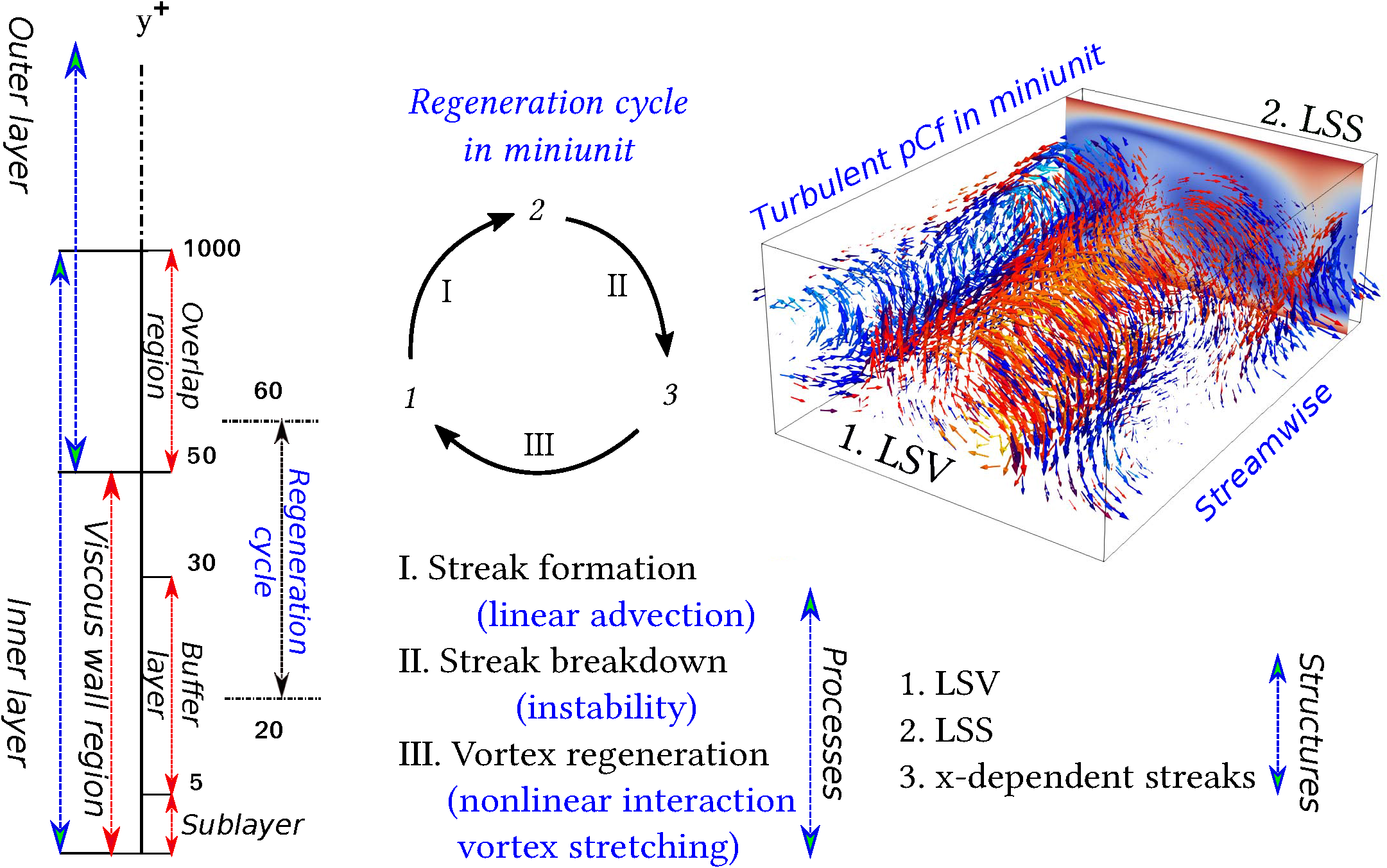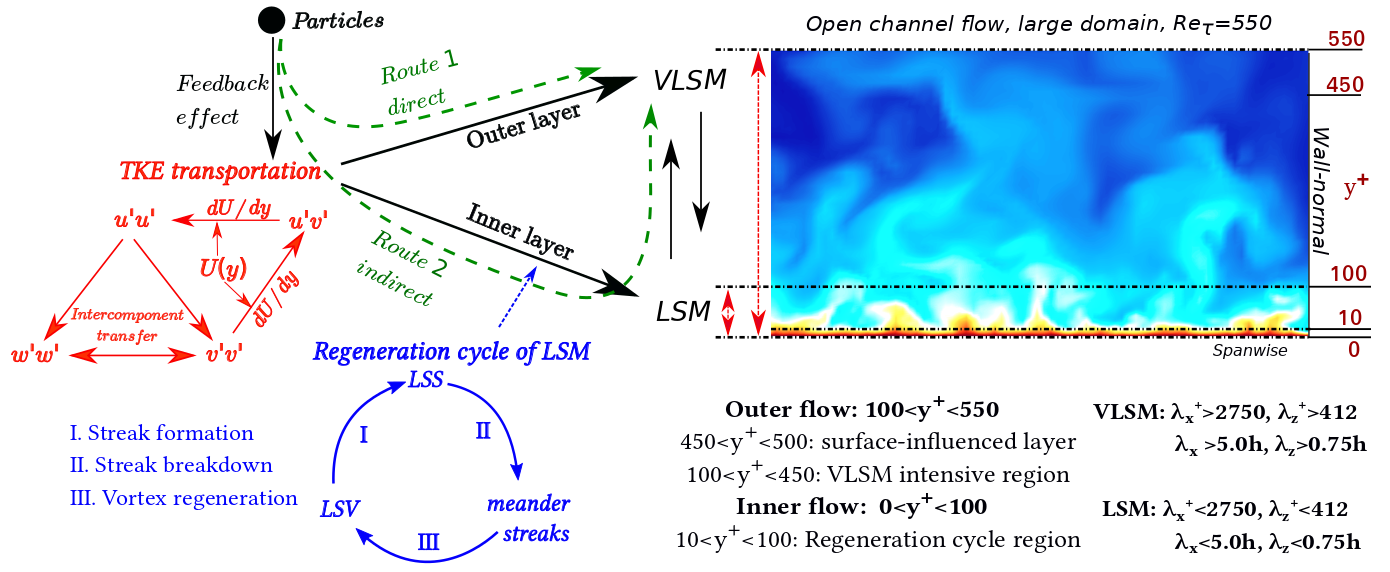



Description
Dust, sand, and other constituents are available for uptake and airborne transport over much of earth's terrestrial surface, but large conceptual gaps exist in our understanding of their transport and feedback, presenting challenges in Earth system modelling. Many of the mechanisms of particle-turbulence interactions are well-understood in flows with limited ranges of spatial and temporal scales (i.e. low Reynolds number situations); however, these mechanisms remain completely unknown for increases in scale ranges (i.e. high Reynolds numbers). This project aims at better understanding particle-turbulence coupling and particles' transport in systems with a large range of length and time scales, with an emphasis on aeolian transport at scale ranges associated with the lower 10-50 meters of the atmospheric boundary layer. We will achieve this through the integration of experiments and simulations. The experimental component of this project will use an atmospheric wind tunnel to recreate conditions relevant to the atmospheric surface layer. The measurement of the particles' motions and the air flow will gain insight into particle-turbulence interactions in realistic turbulent conditions. The numerical component will consist of extending direct numerical simulations (DNS) of particle-laden flow to high Reynolds numbers to provide high-resolution insight into the physical interactions between suspended dust and turbulent flow. Then, we will use DNS with wind tunnel experiments to validate the particle-laden large eddy simulations (LES) model. In this study, we will lay a foundation for a mechanistic understanding of how particles disperse in multiscale turbulent structures in the near-surface turbulent environment.
- Bragg, A., D.H. Richter, and G. Wang (2021), Settling strongly modifies particle concentrations in wall-bounded turbulent flows even when the settling parameter is asymptotically small, Physical Review Fluids, 6, 124301
- Bragg, A., D.H. Richter, and G. Wang (2021), Mechanisms governing the settling velocities and spatial distributions of inertial particles in wall-bounded turbulence, Physical Review Fluids, 6, 064302
- Wang G. & Richter, D.H. (2020), Multiscale interaction of inertial particles with turbulent motions in open channel flow, Physical Review Fluids, 5, 44307
- Wang G., Park, H., & Richter, D.H. (2020), Effect of computational domain size on inertial particle one-point statistics in open channel flow, International Journal of Multiphase Flow, 125, 103195
- Wang G., Fong, K.O., Coletti, F., Capecelatro, J., & Richter, D.H. (2019), Inertial particle velocity and distribution in vertical turbulent channel flow: A numerical and experimental comparison, International Journal of Multiphase Flow, 120, 10305
- Wang G. & Richter, D.H. (2019), Two mechanisms of modulation of very-large-scale motions by inertial particles in open channel flow, Journal of Fluid Mechanics, 868, pp 538-559
- Wang G. & Richter, D.H. (2019), Modulation of the turbulence regeneration cycle by inertial particles in planar Couette flow, Journal of Fluid Mechanics, 861, pp 901-929
- Richter, D.H. & Gill, T. (2018), Challenges and opportunities in atmospheric dust emission, chemistry, and transport, Bulletin of the American Meteorological Society, ES, pp 115-118
- Richter, D. and M. Chamecki (2017), Inertial effects on the vertical transport of suspended particles in a turbulent boundary layer, Boundary-Layer Meteorology, pp 1-22
For more information:
Check out the presentation given virtually at the 2020 American Physical Society Division of Fluid Dynamics conference:
Project Aims
- Determine the transport mechanisms that control airborne lifetime of dust and sand grains and quantify their influence on the vertical distribution of these particles
- Explore the importance of interphase two-way coupling in determining suspension concentrations of dust and sand
- Quantify how suspended dust and sand modify surface-air exchange of momentum